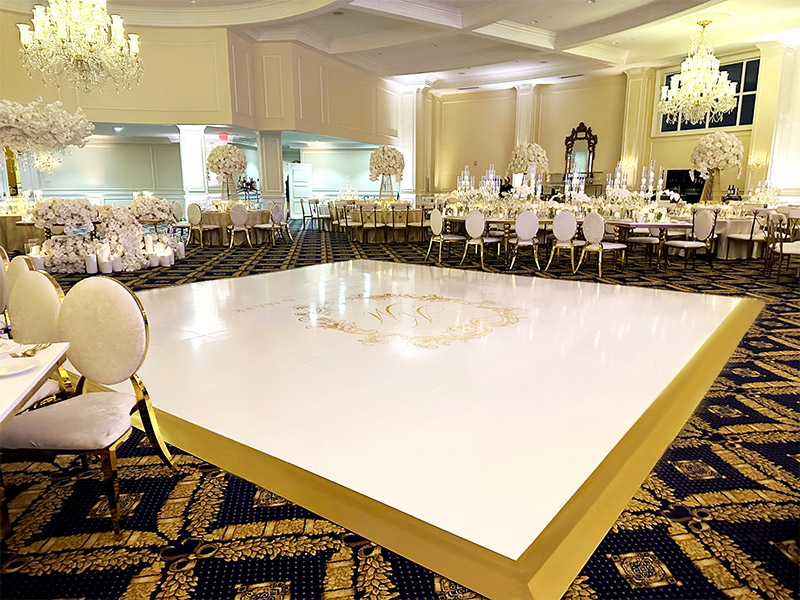Choosing the appropriate components for constructing a long-lasting and secure external performance surface is essential for guaranteeing an pleasurable experience. Outdoor dance floors must withstand various weather conditions while providing a stable surface for performers and participants. Therefore, it is essential to consider factors such as material durability, safety features, and maintenance requirements when making choices. This guide will examine several appropriate options and their advantages in designing an open-air dance floor.
One common option for exterior dance floors is timber. Wood offers a classic and warm aesthetic that many find attractive. Solid woods like beech or oak are particularly favored due to their durability and ability to cushion shock, which can safeguard dancers’ ligaments. Additionally, timber has inherent slip-resistant properties when finished properly, reducing the risk of accidents. However, maintaining a wooden dance floor requires regular sealing and refinishing to protect it from humidity and ultraviolet exposure, rendering it critical to consider the climate in which the floor will be installed.

Another practical option is synthetic composites, which blend natural fibers with plastic. These materials are designed to be impervious to humidity, mildew, and fading from sunlight. Composite dance floors provide longevity comparable to traditional wood without the extensive upkeep. They are more resistant to warping and cracking than natural wood floors when subjected to extreme environmental conditions. Furthermore, composite materials often have integrated anti-slip properties, making them a safer choice for outdoor events.
For those looking for a more contemporary approach, interlocking tiles made of PVC or rubber are excellent options. These tiles are crafted for hassle-free setup and can be reconfigured or replaced as needed. The versatility of using interlocking tiles check out the post right here permits rapid setup and breakdown, making them ideal for short-term dance events or festivals. Additionally, these flooring types provide shock absorption that improves comfort while dancing and minimizes the likelihood of accidents caused by falls. The non-porous nature of PVC and rubber also inhibits water penetration, additionally extending the lifespan of the flooring.
Finally, it is vital to consider the location and intended use of the outdoor dance floor when selecting materials. For instance, discover here if the dance floor will be installed in a heavily used area or subjected to harsh weather regularly, opting for robust materials that require minimal maintenance will be essential. On the other hand, for lighter use or in more protected areas, less heavy options may be adequate. In any case, emphasizing safety aspects such as grip and shock absorption should remain at the forefront of planning.
In conclusion, building a durable and safe outdoor dance floor involves careful consideration of various materials suited for different environments and purposes. Wood offers timeless aesthetics but demands diligent maintenance; composite materials balance aesthetics with resilience; interlocking tiles provide versatility and ease of use. Ultimately, understanding the unique needs of the dance floor's intended use will guide decision-making toward selecting the most appropriate material for an enjoyable and safe dancing experience outdoors.